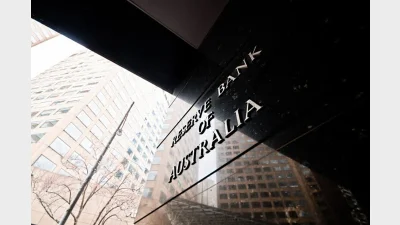FTSE Russell launches new index for Australian super industry



FTSE Russell, which is owned by the London Stock Exchange (LSE), has launched a new index series, the FTSE All-World ex Australia Net Tax (Super) Index Series, specifically for the Australian superannuation industry.
The new index series, which was developed with Qantas Super, would be aimed to support the superannuation industry’s focus towards greater transparency and more accurate measurement of performance.
It would calculate net returns for global equities after deducting both capital gains tax and withholding tax.
The withholding tax rates reflected the Australian superannuation tax treaty rates that applied to each market.
The index was expected to enable funds to accurately measure after-tax investment performance against an after-tax industry benchmark that was representative of the tax in superannuation member returns.
FTSE Russell’ managing director, Jessie Pak, said: “FTSE Russell has a strong track record of calculating net-of-tax total return indexes for different investor types, the newest of which is for Australian superannuation funds.
“Providing our clients with indexes that take into consideration superannuation tax rates reduces the tracking error between a fund and the index, therefore providing a more accurate measure of the fund’s performance.”
Recommended for you
Super trustees need to be prepared for the potential that the AI rise could cause billions of assets to shift in superannuation, according to an academic from the University of Technology Sydney.
AMP’s superannuation business has returned to outflows in the third quarter of 2025 after reporting its first positive cash flow since 2017 last quarter.
The major changes to the proposed $3 million super tax legislation have been welcomed across the superannuation industry.
In holding the cash rate steady in September, the RBA has judged that policy remains restrictive even as housing and credit growth gather pace.









